|
In this painting I wanted to revisit the crouching figure from ’ The Woman' which I found so viscerally powerful. The view of a figure from behind is psychologically significant; this is not the usual interaction between model and viewer, instead the figure appears unaware of observation, the viewer acts either as voyeur on a private moment, or may enter the frame with the figure acting as avatar, seeing what she ‘sees’, accepting her viewpoint as our own.
One of my strongest early influences as a painter was Jean Dominique Ingres. His mastery in representing the look of skin that appears warm and alive captivated me as a young painter. Now, as a mature artist, I am able to also appreciate his ability to render the human form as a monumental, universal symbol.
In a Lucian Freud exhibition in Paris in 2010, I saw a quotation from Freud, something to the effect that he had striven as a young artist to be original, but as he matured, he realized that art is always reactionary. We look at art, and imitate what we like, incorporating elements of other artist’s ideas and imagery, or we make a counter argument to work that we deem to be flawed.
0 Comments
Leave a Reply. |

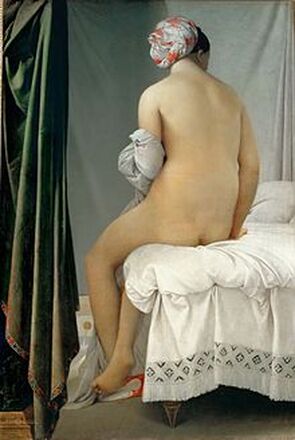
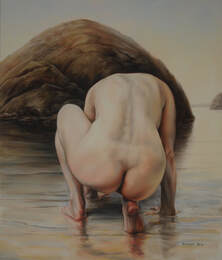
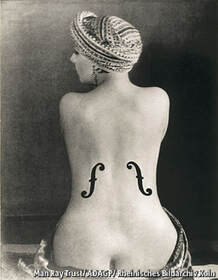
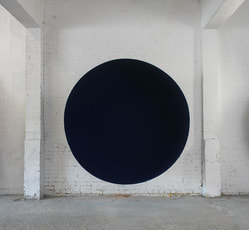
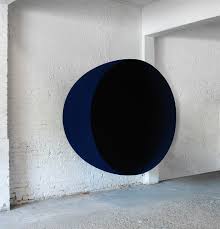
 RSS Feed
RSS Feed